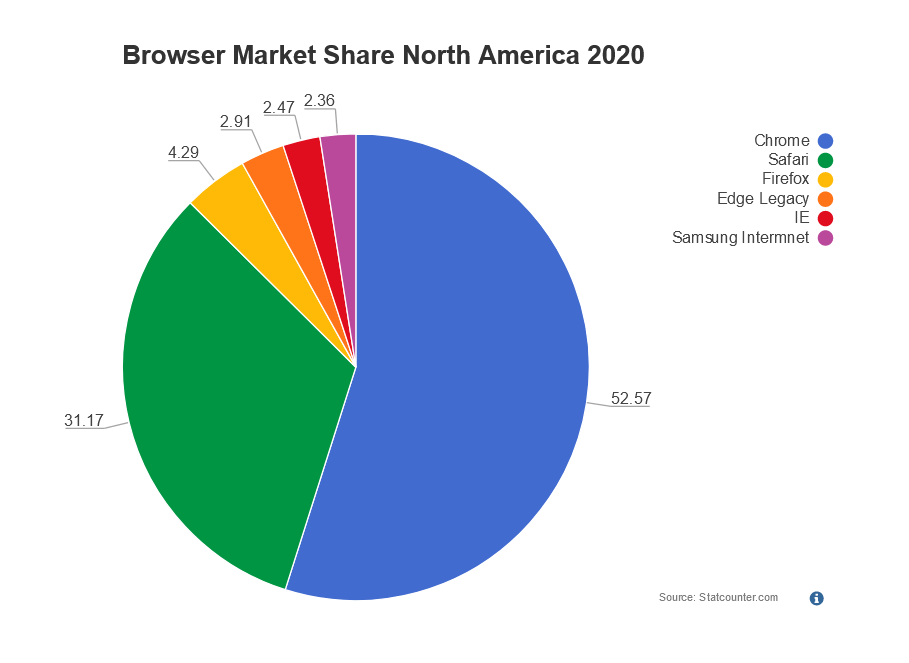
- HOW TO MAKE A PIE CHART IN EXCEL USING MY OWN DATA PLUS
- HOW TO MAKE A PIE CHART IN EXCEL USING MY OWN DATA SERIES
Once you’ve selected the most applicable chart for you, click it so that it can be added to your page in Excel.However, you can hover the cursor over your preferred pie chart option to see a sneak preview of what it will look like for your data. This includes 2-dimensional and 3-dimensional pie charts.

HOW TO MAKE A PIE CHART IN EXCEL USING MY OWN DATA SERIES
Use underline for space in data labels: name1 will be viewed as name 1. Clicking on the data series or a specific data point will open the Chart Tools tab. Click in one of the labels to select all of them, then right-click and select Format Data Labels. Right-click in the chart area, then select Add Data Labels and click Add Data Labels in the popup menu: 4. You can enter any number of slices with space delimiter. On the Insert tab, in the Charts group, choose the Pie button: Choose 3-D Pie. Do not select the sum of any numbers as you probably don’t want to display it on your chart. Pie chart maker online - enter title, data labels and data values and press the draw button: Line Graph.
HOW TO MAKE A PIE CHART IN EXCEL USING MY OWN DATA PLUS
In columns or rows, using a combination of opening, high, low, and closing values, plus names or dates as labels in the right order.This is the most straightforward way to create a pie chart in Excel. In columns, placing your x values in the first column and your y values in the next column.įor bubble charts, add a third column to specify the size of the bubbles it shows, to represent the data points in the data series.

In one or multiple columns or rows of data, and one column or row of labels. This chart can use one or more data series. In one column or row, and one column or row of labels. This chart uses one set of values (called a data series). Either way, this table lists the best ways to arrange your data for a given chart.Ĭolumn, bar, line, area, surface, or radar chart You also may have your own charts in mind. The charts it suggests depend on how you’ve arranged the data in your worksheet. Arrange data for chartsĮxcel can recommend charts for you.


Tip: If you don't want to include specific rows or columns of data in a chart, you can simply hide them on the worksheet, or you can apply chart filters to show the data points you want after you create the chart.


 0 kommentar(er)
0 kommentar(er)
